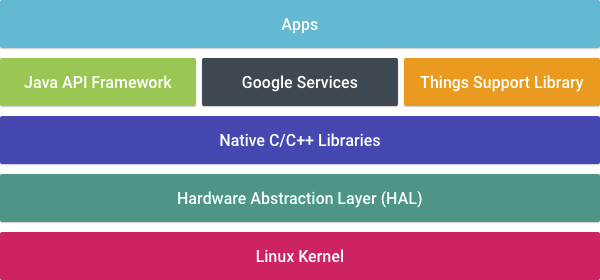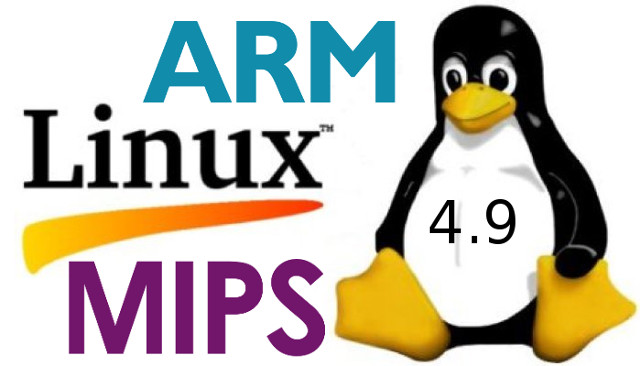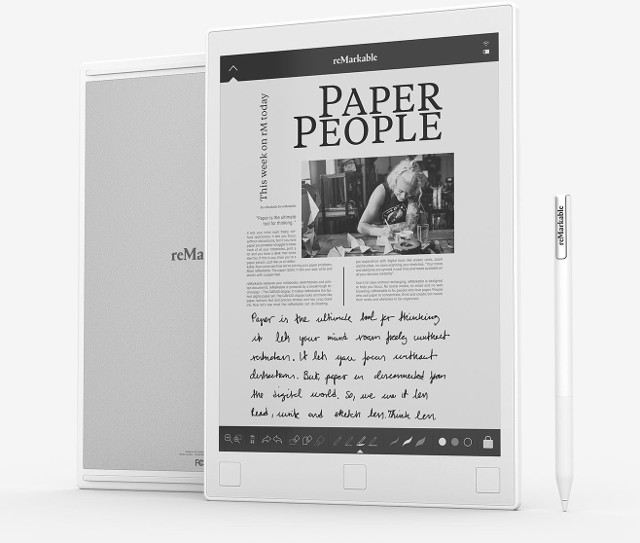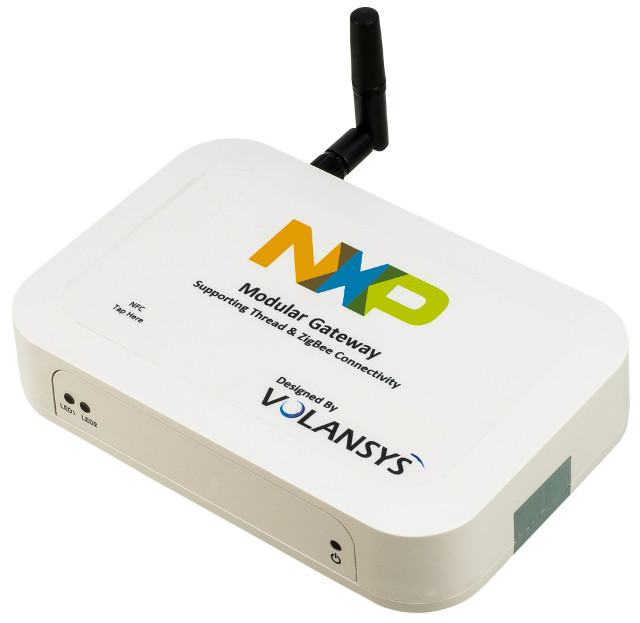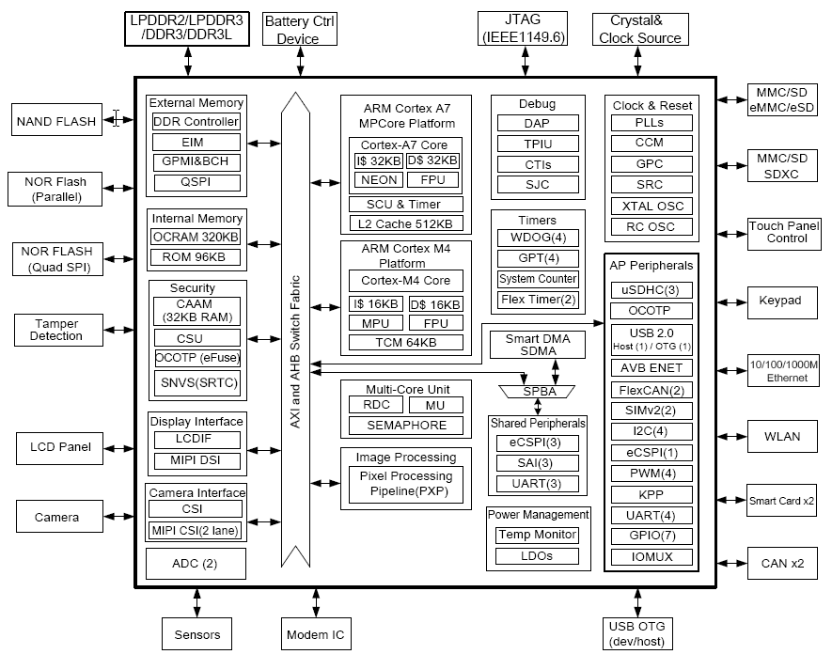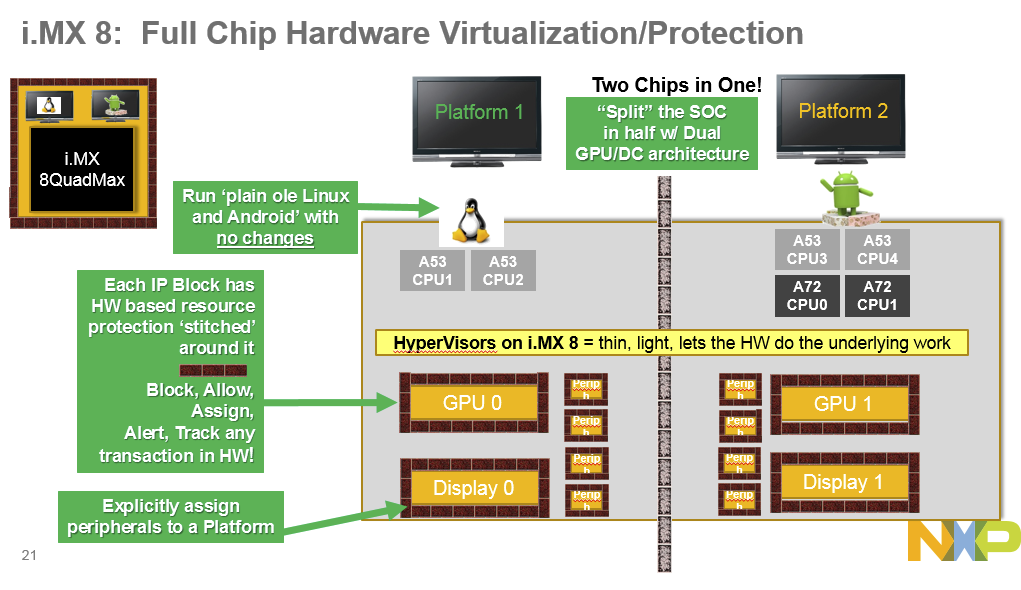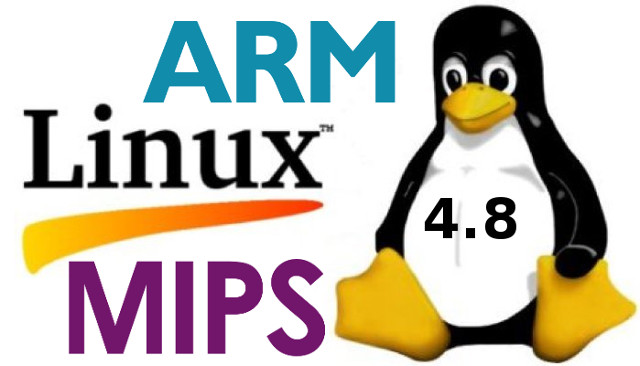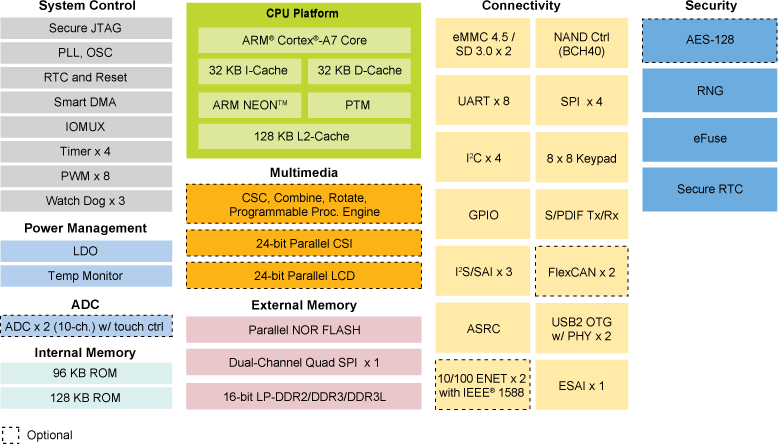Google introduced Project Brillo a little over a year ago, an operating system based on Android, but with a smaller footprint optimized for Internet of Things applications. Brillo has now just become Android Things OS, with Google releasing a developer preview of Android Things working on Raspberry Pi 3, Intel Edison, and NXP Pico boards. The company has also updated the Weave platform to simplify connection of all types of devices to the cloud, and interaction with services like the Google Assistant. The Weave Device SDK currently supports schemas for light bulbs, smart plugs, switches, and thermostats, with more type of device supported in the future, as well as a mobile app API for both Android and iOS. Using an Android based OS instead of a pure Linux OS should make it easier for Android app developers to create smart devices thanks to the use of familiar Android APIs and […]
Linux 4.9 Release – Main Changes, ARM and MIPS Architectures
Linus Torvalds released Linux 4.9 on Sunday: So Linux 4.9 is out, and the merge window for 4.10 is thus open. With the extra week for 4.9, the timing for the merge window is obviously a bit awkward, and it technically closes in two weeks on Christmas Day. But that is a pure technicality, because I will certainly stop pulling on the 23rd at the latest, and if I get roped into Xmas food prep, even that date might be questionable. I could extend the merge window rather than cut it short, but I’m not going to. I suspect we all want a nice calm winter break, so if your stuff isn’t ready to be merged early, the solution is to just not merge it yet at all, and wait for 4.11. Just so you all know (I already bcc’d the main merge window suspects in a separate mailing last […]
reMarkable 10.3″ Digital Notepad and e-Reader is Designed to Feel Like Paper
If you like to take notes with pen and paper, but would prefer a digital solution to store your note, there are already some solutions like Boogie Board and Rocketbook, but reMarkable offers much more that the other two with a 10.3″ E-Ink touchscreen display and pressure sensitive pen capable of detecting 2048 levels of pressure sensitivity, it allows to read books as any e-readers, and also write your own notes on a blank piece of “paper” or existing digital documents, drawing sketches, and save & share the results. The whole user experience is supposed to feel as if you were reading and writing on paper. reMarkable tablet specifications: SoC – ARM Cortex A9 processor @ 1 GHz (Likely NXP i.MX6 series processor since they support EPD interfaces) System Memory – 512 MB DDR3L Storage – 8GB internal storage good for around 100,000 pages Display – 10.3″ monochrome digital paper […]
NXP Modular IoT Gateway Supports Thread, Zigbee, NFC, Bluetooth and WiFi Connectivity
NXP has just announced a modular IoT gateway solution for large node networks (>= 250 nodes) based on Volansys i.MX6UL system-on-module, supporting wireless communications protocols such as Thread, ZigBee, NFC through add-on modules, on top of Wi-Fi and Bluetooth 4.1. NXP Modular IoT Gateway specifications: SoM – Volansys i.MX6UL 200-pin SO-DIMM module with: SoC – NXP i.MX 6UL ARM Cortex A7 processor @ 528 MHz System Memory – 256MB to 1GB DDR3L RAM Storage – 1GB to 4GB NAND flash, optional 4GB to 16GB eMMC flash, EEPROM for device info PMIC, Mbit Ethernet PHY Wireless Connectivity Expansion Modules: PN7120 explorer board for NFC Kinetis KW41 module for Thread support JN5169 module for Zigbee support 2x MikroBUS headers Baseboard connectors / features: Storage – 1x micro SD slot Connectivity – 1x 10/100M Ethernet port, Murata WiFi 802.11 b/g/n & Bluetooth 4.1 + EDR module with external antenna connector USB – 2x […]
HMP, Real-Time Linux and Xenomai – A Look at Three Options to Develop Real-Time Linux Systems on Application Processors
This is a guest post about Heterogeneous Multicore Processing (HMP), Real-Time Linux, and Xenomai to develop real-time Linux systems written by Guilherme Fernandes, Raul Muñoz, Leonardo Veiga, Brandon Shibley, all working for Toradex. Introduction Application processor usage continues to broaden. System-on-Chips, usually powered by ARM Cortex-A cores, are taking over several spaces where small ARM Cortex-M, and other microcontroller devices, have traditionally dominated. This trend is driven by several facts, such as: The strong requirements for connectivity, often related to IoT and not only from a hardware point of view but also related to software, protocols, and security The need for highly interactive interfaces such as multi-touch, high-resolution screens, and elaborate graphical user interfaces; The decreasing price of SoCs, a consequence of its volume gain and new production capabilities. Typical cases exemplifying the statement above are the customers we see every day starting a product redesign upgrading from a microcontroller […]
Meet NXP i.MX8 Processor Families: i.MX 8 for High performance, i.MX 8M for Audio/Video & i.MX 8X for Low Power
Freescale and then NXP have been talking about i.MX8 processors for several years, and this spring unveiled i.MX 8 Multisensory Enablement Kit without giving much details about the processor except it would include both Cortex A72 & A53 cores. But NXP put out a press release yesterday about “Multisensory Automotive eCockpit Platform to Advance Multimedia Experiences in Future Cars” which appears to be the same news but with different words, except the content of the PR has more interesting bits such as: The new family, which is based on up to six 64-bit ARMv8-A technology processor cores and includes a HiFi 4 DSP, LPDDR4 and DDR4 memory support as well as dual Gigabit Ethernet with audio video bridging (AVB) capability, is designed to advance automotive dashboard graphics such as instrument clusters, infotainment visuals, heads-up displays, rear-seat screens and more. Capable of driving four HD screens with independent content or a […]
Linux 4.8 Release – Main Changes, ARM & MIPS Architectures
Linus Torvalds has officially released Linux 4.8 last Sunday: So the last week was really quiet, which maybe means that I could probably just have skipped rc8 after all. Oh well, no real harm done. This obviously means that the merge window for 4.9 is open, and I appreciate the people who already sent in some pull requests early due to upcoming travel or other reasons. I’ll start pulling things tomorrow, and have even the most eager developers and testers hopefully test the final 4.8 release before the next development kernels start coming 😉 Anyway, there’s a few stragging fixes since rc8 listed below: it’s a mixture of arch fixes (arm, mips, sparc, x86), drivers (networking, nvdimm, gpu) and generic code (some core networking, with a few filesystem, cgroup and and vm things). All of it pretty small, and there really aren’t that many of them. Go forth and test, […]
NXP i.MX 6ULL Cortex A7 Processor is the Latest Member of i.MX6 32-bit ARM Processor Family
Freescale first unveiled i.MX6 processor family at CES 2011. Since then NXP has acquired Freescale, and kept working on the processors and even recently unveiled NXP i.MX 6ULL Cortex A7 processor promising 30 percent more power efficiency than its nearest competitors, and designed for “cost-effective solutions for the growing IoT consumer and industrial, mass markets”. NXP i.MX 6ULL key features and specifications: CPU – ARM Cortex A7 core @ up to 528 MHz with 128KB L2 cache Memory I/F – 16-bit DDR3/DDR3L, LPDDR2 memory support Storage I/F – 8/16-bit parallel NOR flash / PSRAM, dual-channel Quad-SPI NOR flash, 8-bit raw NAND flash with 40-bit ECC, 2x MMC 4.5/SD 3.0/SDIO Port Display & Camera I/F Parallel LCD Display up to WXGA (1366×768) Electrophoretic display controller support direct-driver for E-Ink EPD panel, with up to 2048×1536 resolution at 106 Hz 8/10/16/24-bit Parallel Camera Sensor Interface Peripherals 2x USB 2.0 OTG, HS/FS, Device […]


